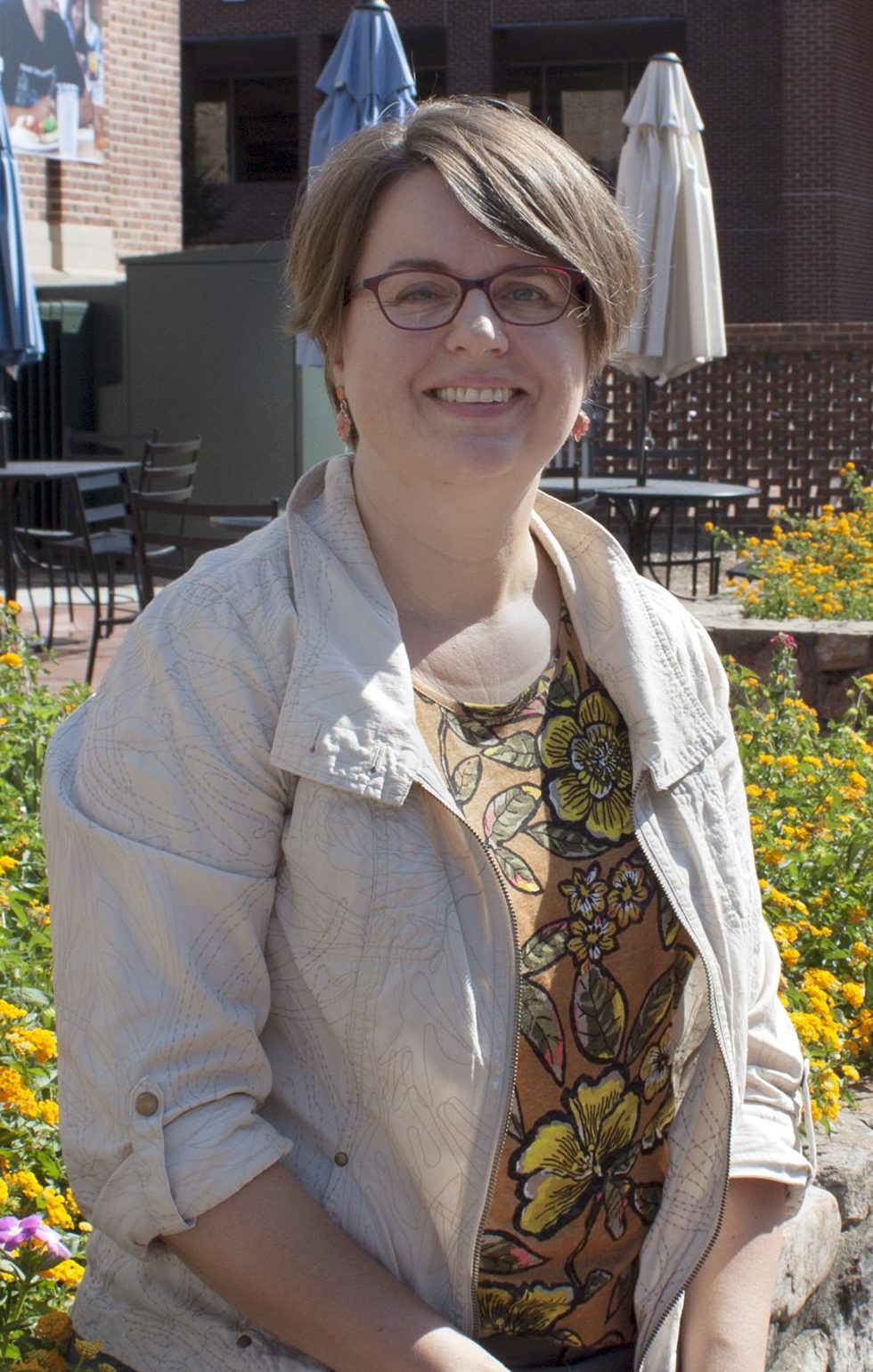
"I’m becoming more aware of what I want every class period to do."
Course: Water Resource Management and Human Rights
Department: Environment & Ecology
Reflection:
I’m becoming more aware of what I want every class period to do. I still find many days that are pure information transfer, just finishing up, but I also see days that I just had a topic I thought was cool and didn’t have a fully fleshed out reason or goal with it. Some days to go back and fit in the fall day next year, as well as the target course.
Clearly I need to catch up on my reading too! More written responses so a check to make sure they don’t fall behind in the reading. Also began to really go through their papers in detail.
I’m leaning towards adding in more practical real world experiences which I think will help group them a bit. But this isn’t so filled out in my head yet.
Course objectives – these change all my thinking.
Starting to make better use of sakai.
Course Description
The course enrollment has been growing, but the last two times it has been taught I’ve had around 70 students split into 2 sections, an honors section and a regular section. It has recently gone from a 200 to a 300 level course but is still a survey course in water resources (as opposed to our 200 level survey courses in Environmental Studies). That make the course topics still very broad with a wide range of backgrounds in the incoming student body. Additionally, it carries a Philosophy Gen Ed tag, which is both new and a bit scary to this ecologist.
Projected Design Elements
-Rework topics and readings (possibly using more case studies)
-Technology enhancements
-New active engagement strategies
-Incorporated redesign Elements
-Strong emphasis on student engagement strategies and target goals
-Better use of Sakai to organize lessons and daily activities.
-For 2018 we are finally getting to an increase in case studies.
Incorporated Design Elements
Spring of 2016– I began talking with the class about what they wanted to see in the course: how it could be reorganized for better understanding, readings they particularly liked, etc. I started using new in-class activities such as minute papers, discussion questions from the readings, etc.
Summer 2016– I met with the Associate Director of the Center for Faculty Excellence to go over the course objective for both the class under discussion and the one I taught this fall. Totally changed the way I think of course objectives. For example, she suggested that I limit myself to 2-4 objectives and focus on what I want students to remember in 20 years. So, not the tasks associated with the course or the specific info about the units but the overall take-home messages. I also reorganized topics to follow the way my Spring 2016 students thought it would help learning (I’ve since fine tuned that rearrangement again).
Fall 2016 – not much on the study class (ENEC 325) but practiced a lot of the techniques I planned to use next term in my other classes.
Spring 2017– The class was much larger than I anticipated. The smaller honors section was the same but the regular section now had 64 students instead of 45. 64!!! So in total 88 students when last year I think I had 50 across 2 classes. Additionally, I gained an extra TA. I wasn’t certain what to do with them! I debated shifting towards the case studies and practical type of activities but I wasn’t sure how to do this, especially with the expanded class size. We did reorganize Sakai following what I learned last semester and that seemed to help students orient themselves to what we were asking them to do in class.
Program: Finish Line Project




